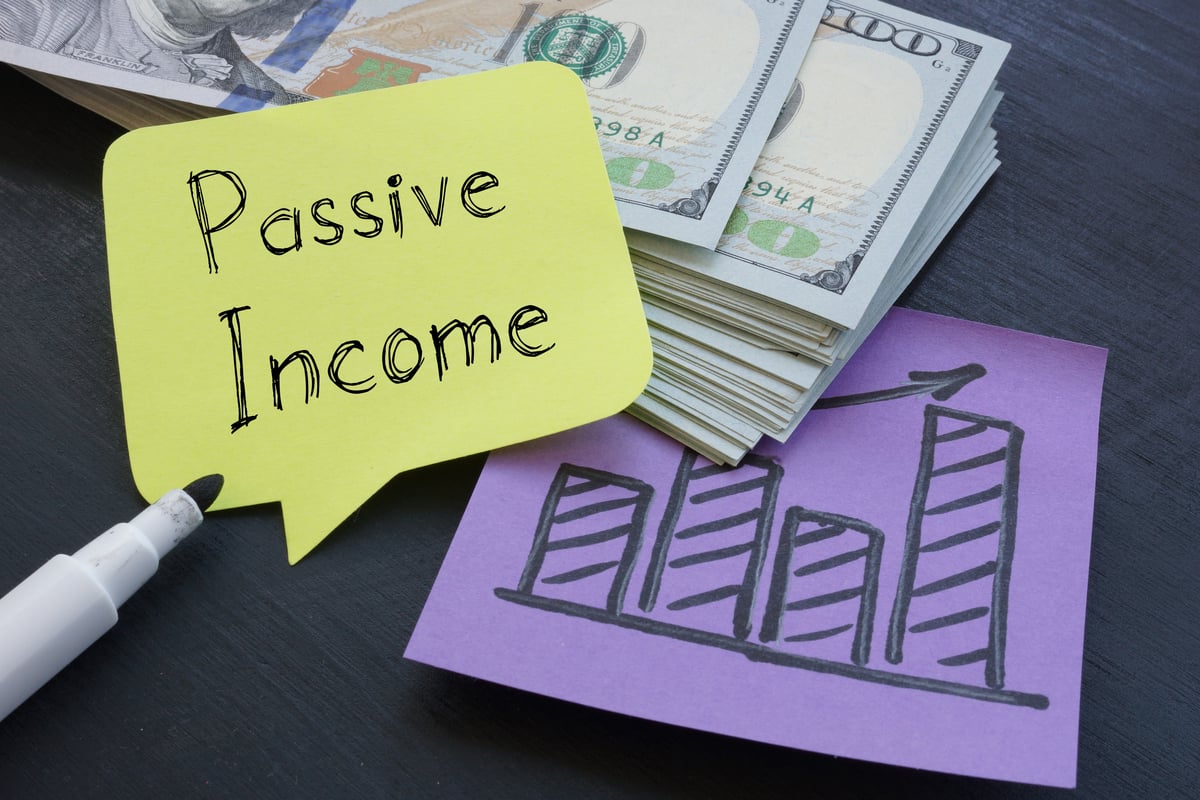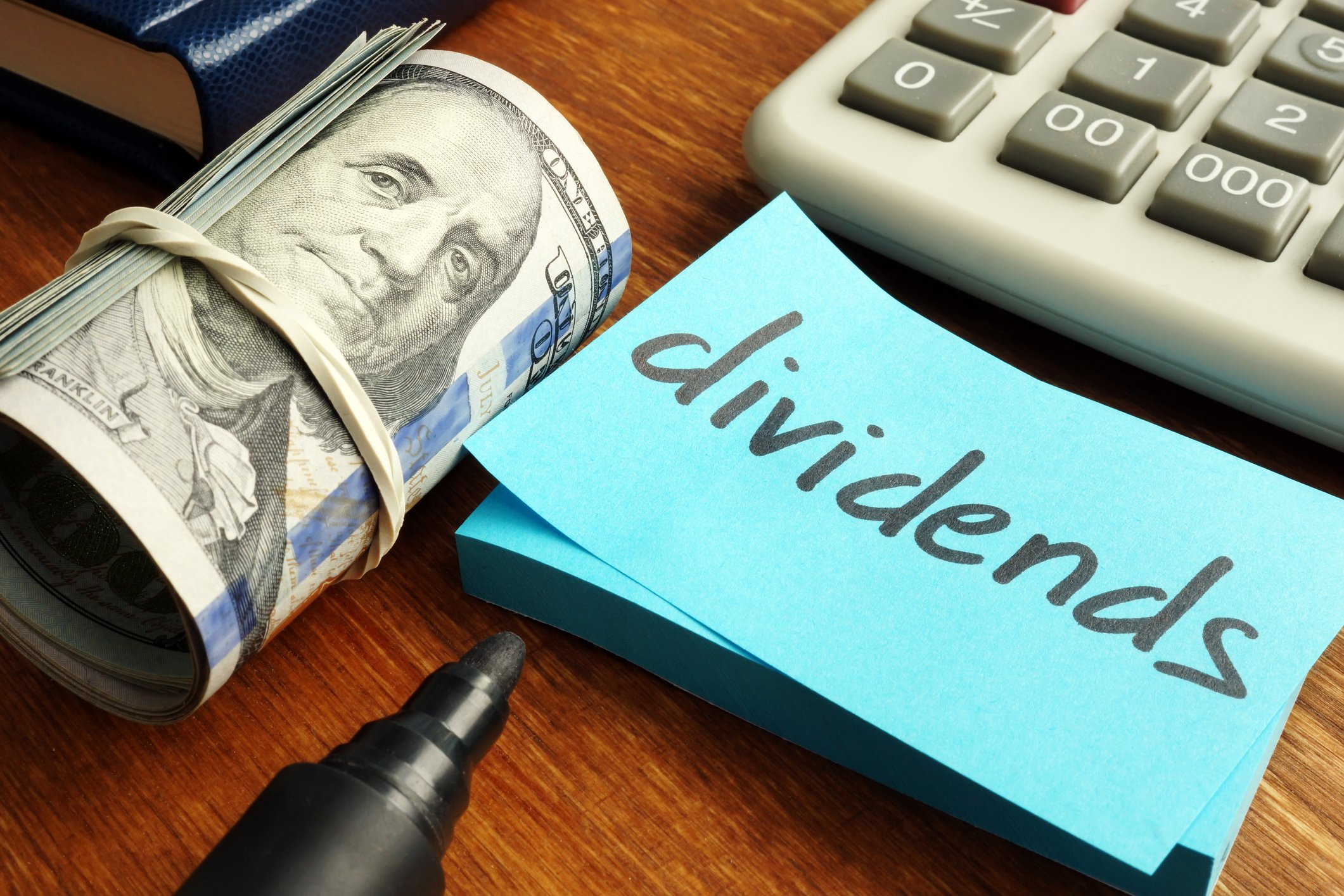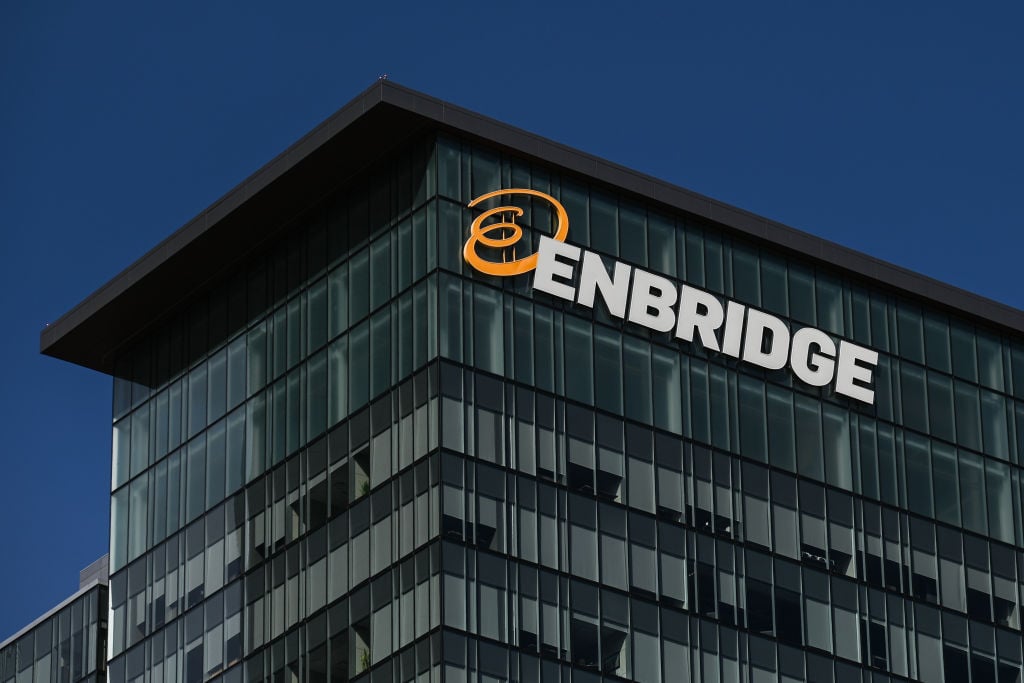Energy stocks have been hammered during the most recent market downturn and that includes Canada's Enbridge (ENB +1.67%). After falling roughly 45% from its February highs, the diversified midstream company now offers an over 9% yield. What happened?And why, exactly, has Enbridge been telling investors it can handle this blow?
Oil, oil everywhere
There are three very big trends going on in the broader energy market today, and they are combining in a painful way for energy-related companies like Enbridge. The first is COVID-19, which is clearly making big headlines around the world. Alone, this would be bad for the energy sector because the current approach to containing the disease is for countries to, essentially, shut down virtually all activity. People staying at home and businesses closing is not conducive to demand for oil and natural gas. It's also likely to lead to recessionary conditions, perhaps on a global scale. That, too, is bad for demand.

Image source: Getty Images
Adding to this issue is a pair of problems more specific to the oil and gas markets. Over the past decade or so, U.S. onshore oil and natural gas drilling has boomed. That's led to a dislocation in the historical supply/demand dynamics in the global energy market. OPEC has been trying to manage the changes by cutting production, but the supply of oil and gas has basically been greater than the demand. That's kept prices relatively low. However, OPEC and Russia just recently got into a tiff over the cuts and started a price war. They have both started to produce more oil, with OPEC lowering its prices, pushing out more supply into an already oversupplied market. Combined with the expected fall in demand from COVID-19, oil prices have now collapsed below $30 a barrel.
That's brutal and helps explain why investors are avoiding just about anything related to the energy sector. This includes Enbridge, which now has a yield of over 9%. But the company has been pretty vocal about what's happening, trying to explain that it can weather the energy market's downturn.
Built to last
The first thing to understand about Enbridge is that it is both diversified and large. Roughly 50% of its EBITDA comes from oil transmission, 45% from natural gas transmission and utility assets, and the rest from a contracted renewable power business. Most of these operations provide stable revenues, usually tied to long term contracts. As long as the assets are getting used, Enbridge should get paid. On the scale side of the picture, Enbridge claims to transport around 25% of North American crude oil and 20% of the natural gas consumed in the United States. That's on top of 3.8 million natural gas customers served by the utilities it owns and 1.8 gigawatts of renewable power. Simply put, it is a vital cog in the North American energy market with its fingers in a lot of different pies.
Just being big and diversified, however, isn't enough when times get tough. Which is why Enbridge is also talking up the strength of its balance sheet. At BBB+, the company has an investment-grade credit rating. It's financial debt-to-EBITDA ratio is 4.8 times, which is actually toward the higher end of the midstream space but not outlandishly high. And that ratio is down from over 12 times in 2018 as the company worked to simplify its business structure by acquiring a series of controlled partnerships. Basically, Enbridge got this metric under control at just the right time. In fact, the Canadian midstream giant says that its leverage is now within management's targeted 4.5 to 5 times range.
During Enbridge's third quarter 2019 earnings conference call, it pegged its dividend at roughly 65% of its cash flow, which it considered "a sustainable and prudent target." In other words, it looks like Enbridge won't have any problem covering its 9%+ yield with ample room for a little adversity. And, in a worst case scenario, the company could pull back on capital spending to free up cash if it needed to. Such a move would reduce the company's growth prospects, but investors seem to be more worried about survival than growth right now.
Worth a close look
There's plenty of other reasons to like Enbridge, including things like a high-quality customer base and the fact that it actually grew adjusted EBITDA the last time oil cratered in 2014/2015. But the big picture here is that Enbridge is a large, diversified, and financially strong energy company. There's no telling what the future holds, of course, but this energy industry giant looks well-positioned to weather the current storms it's facing. If you are a value-minded investor looking for a way to invest in the energy space today, Enbridge and its historically high yield should probably be on your short list.







